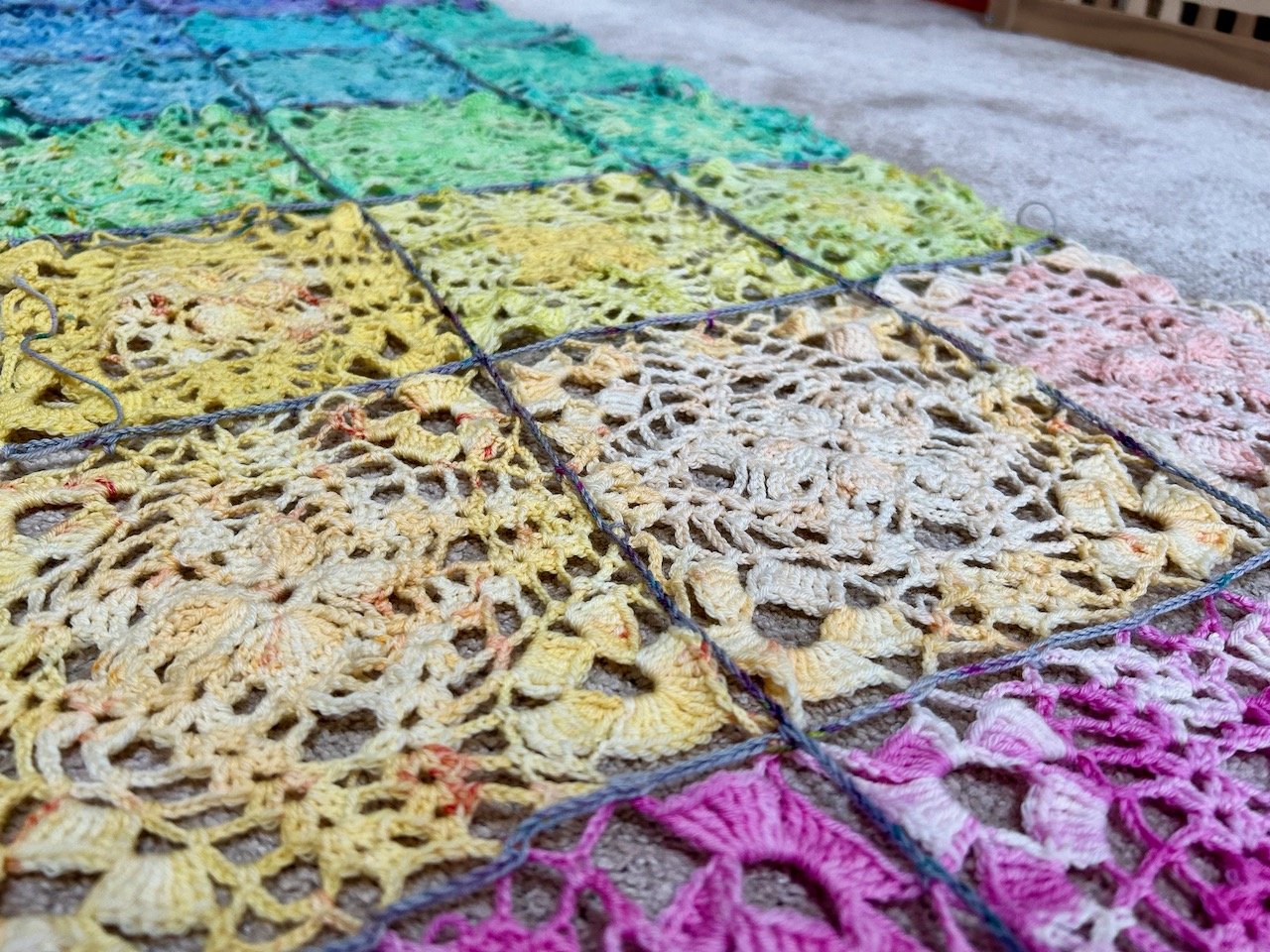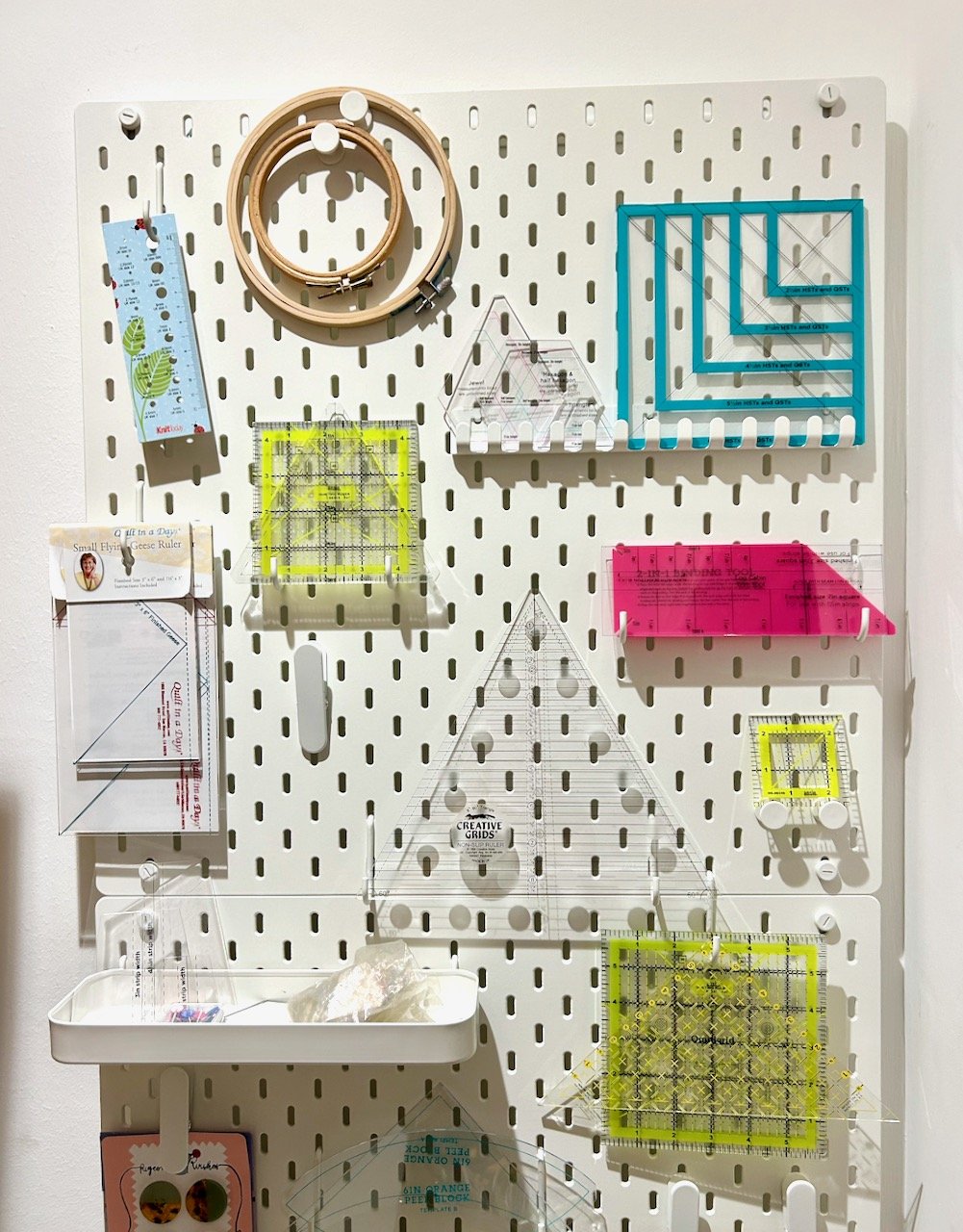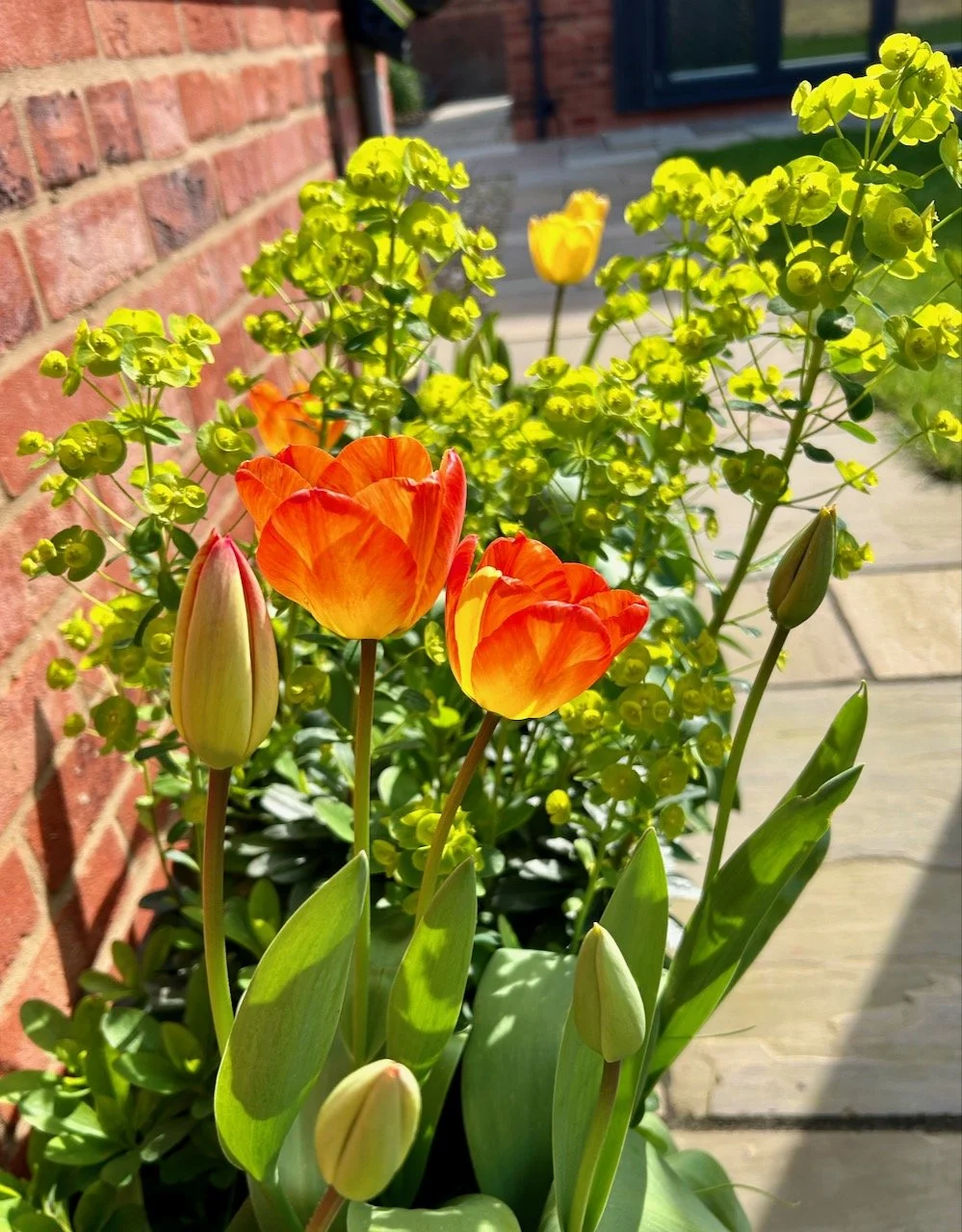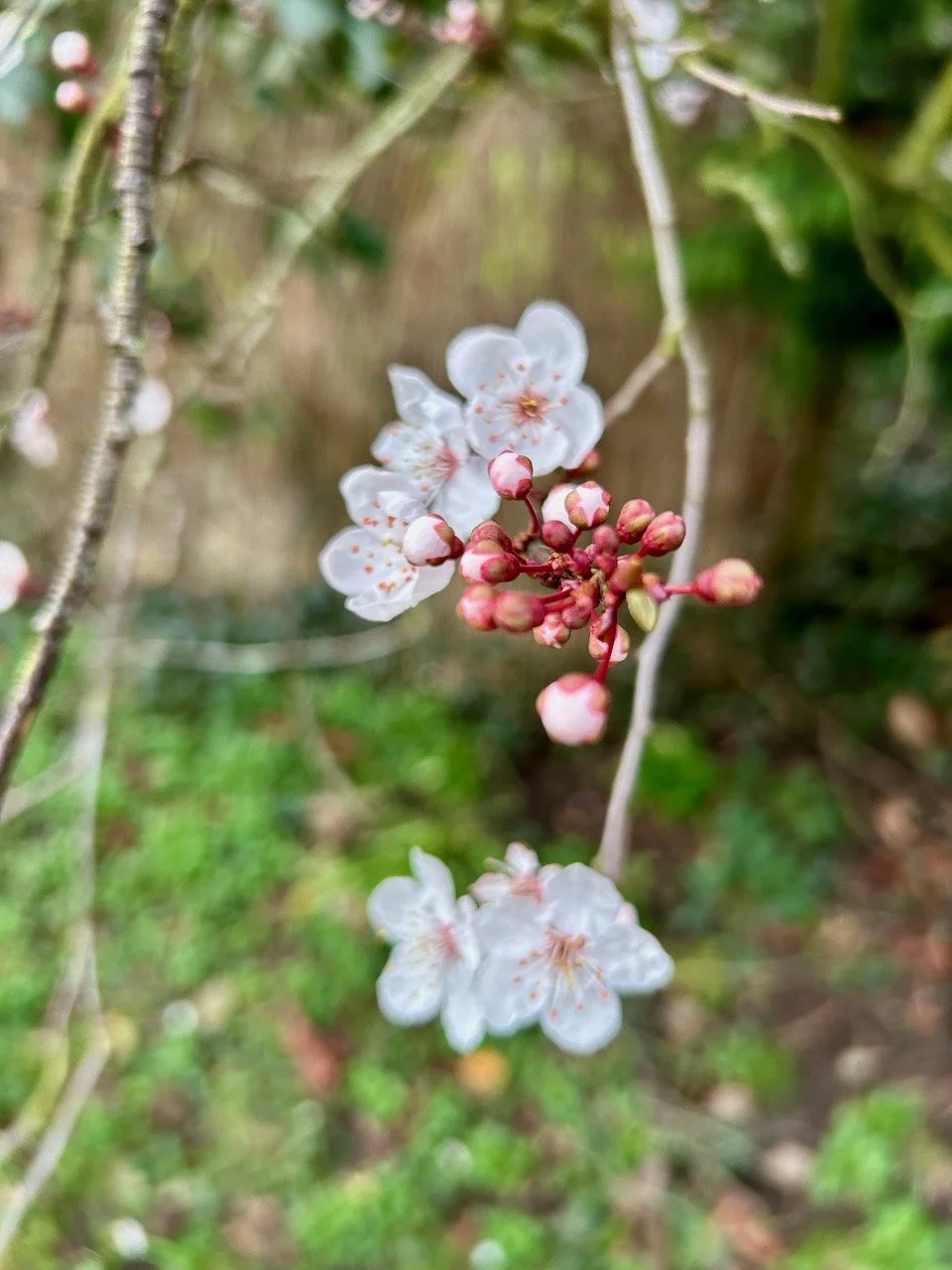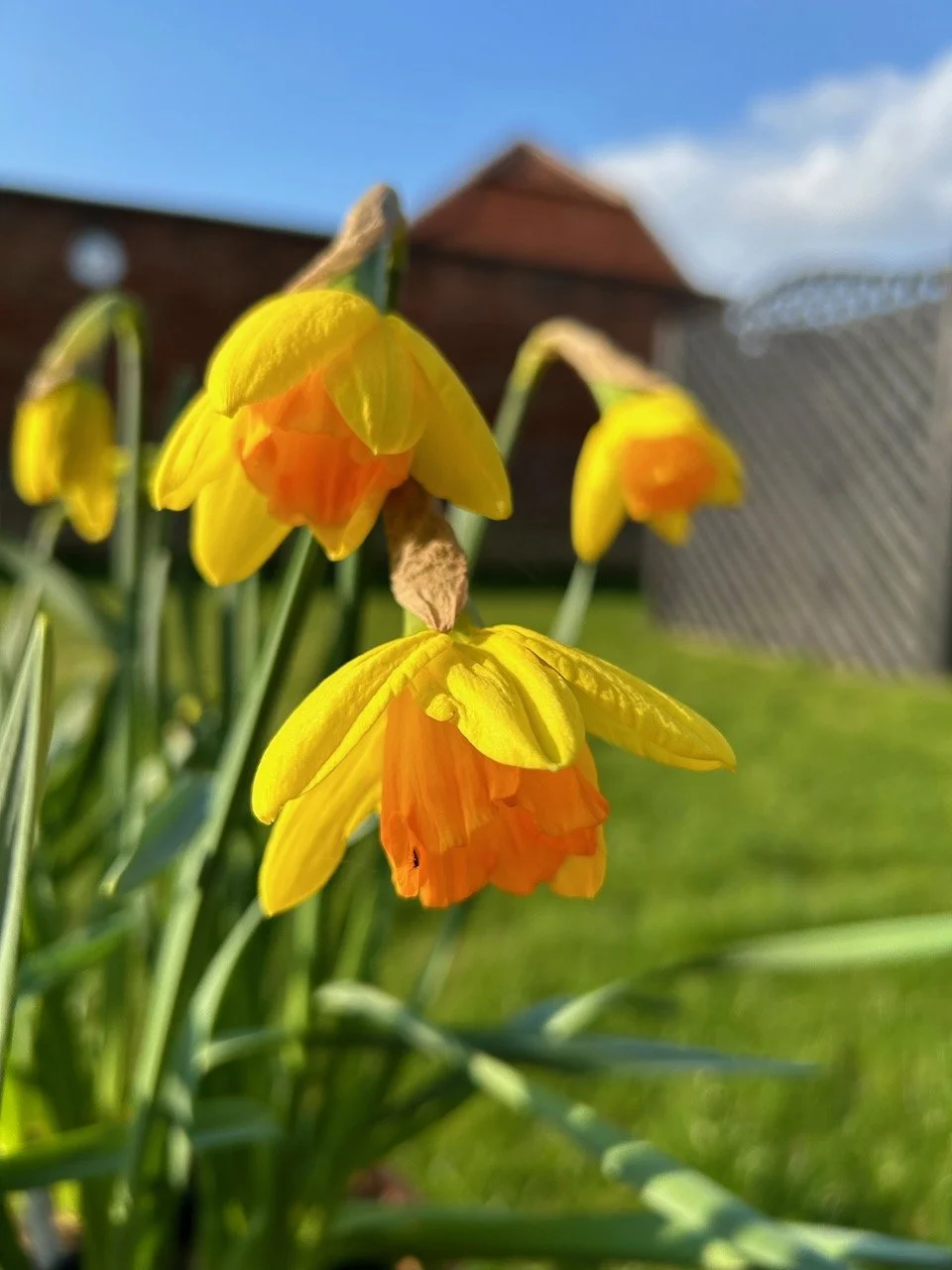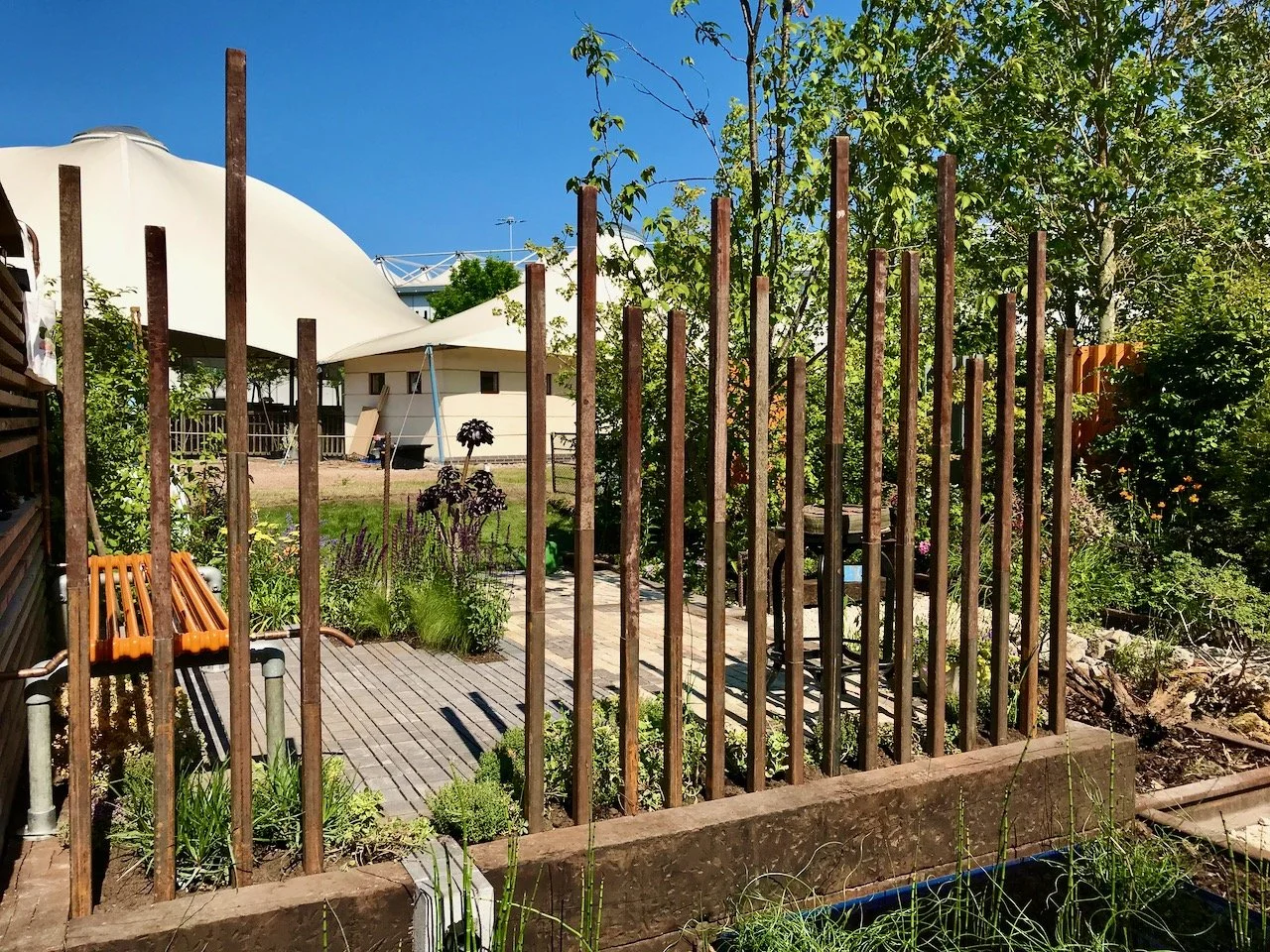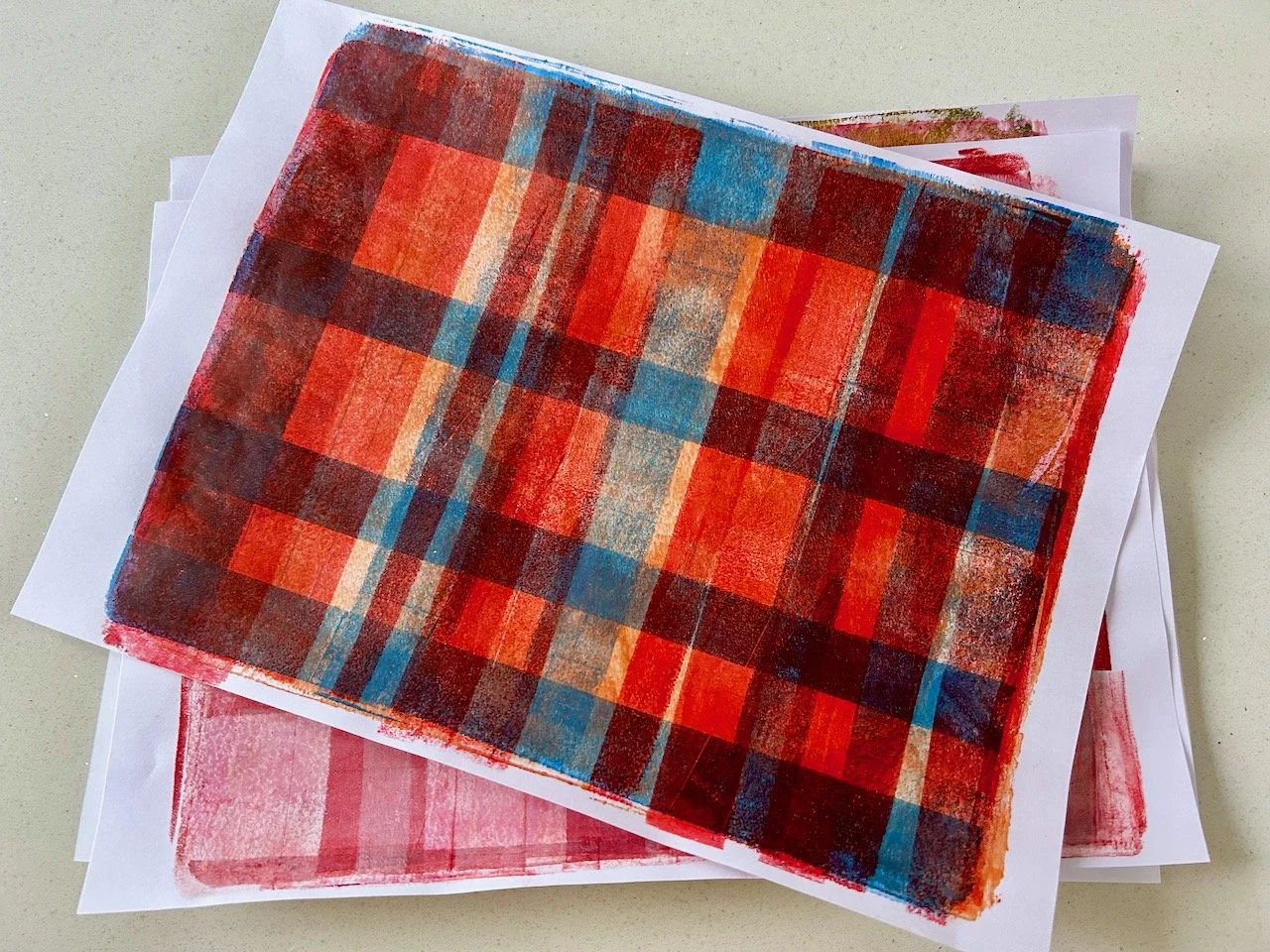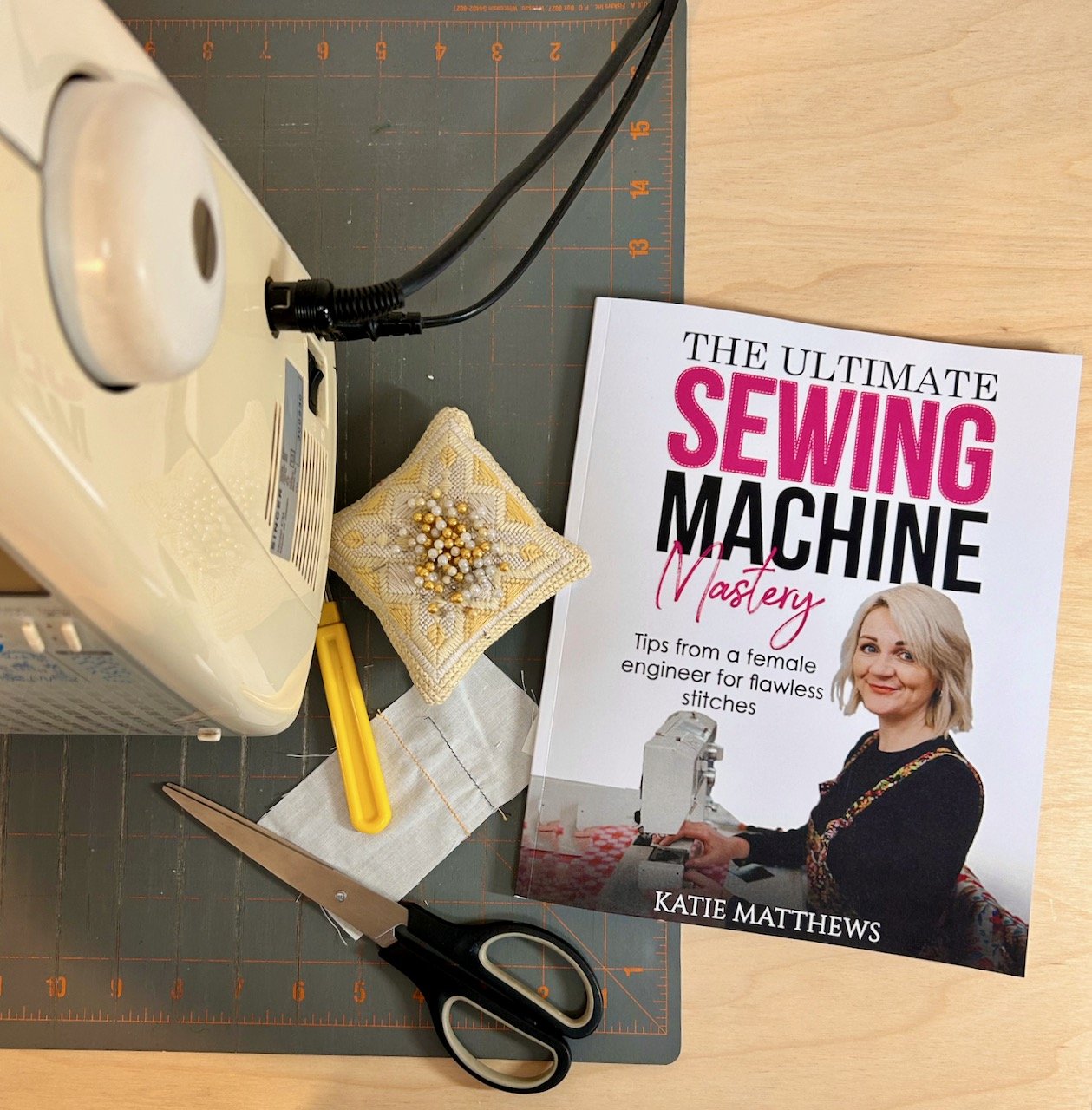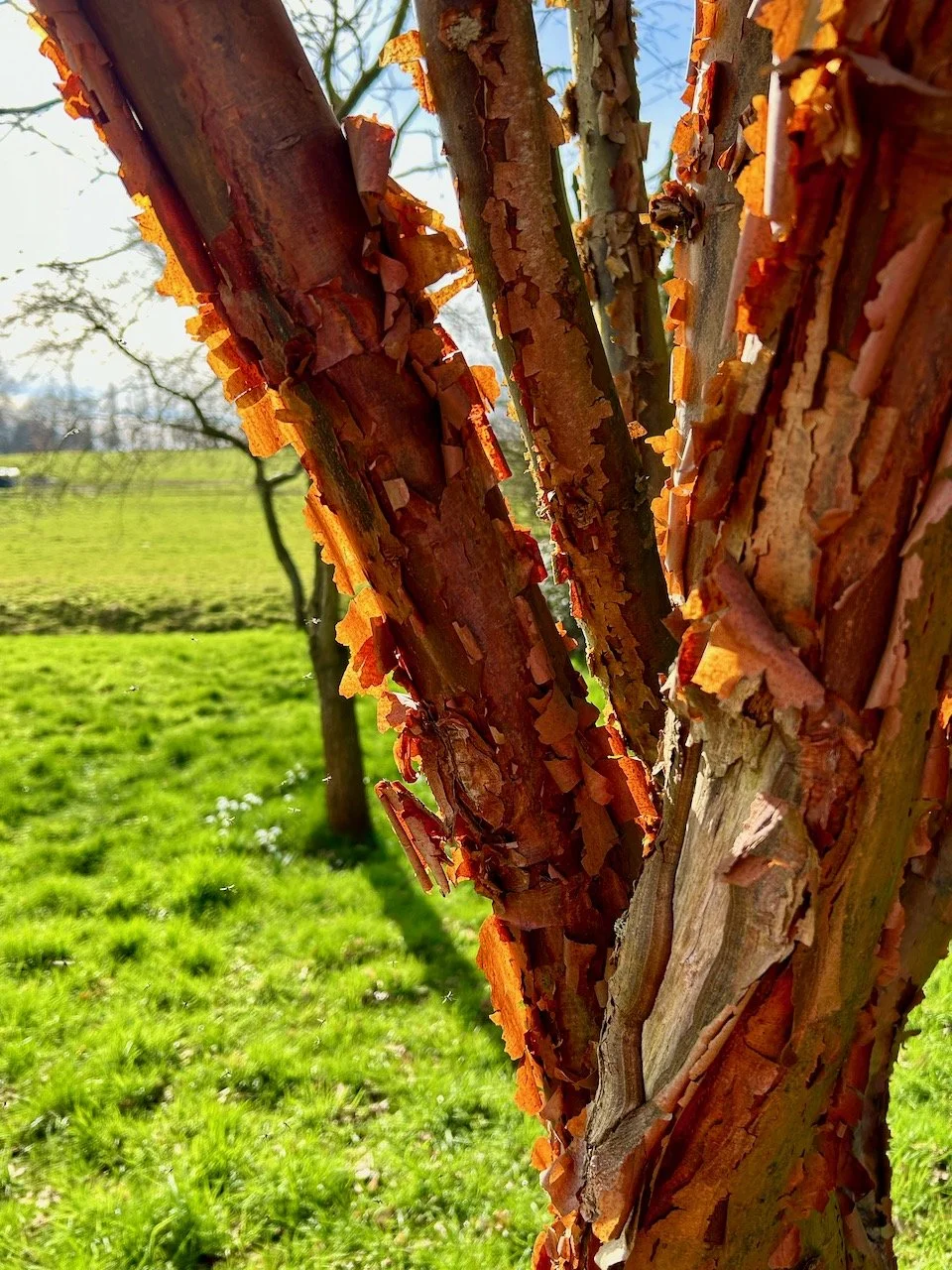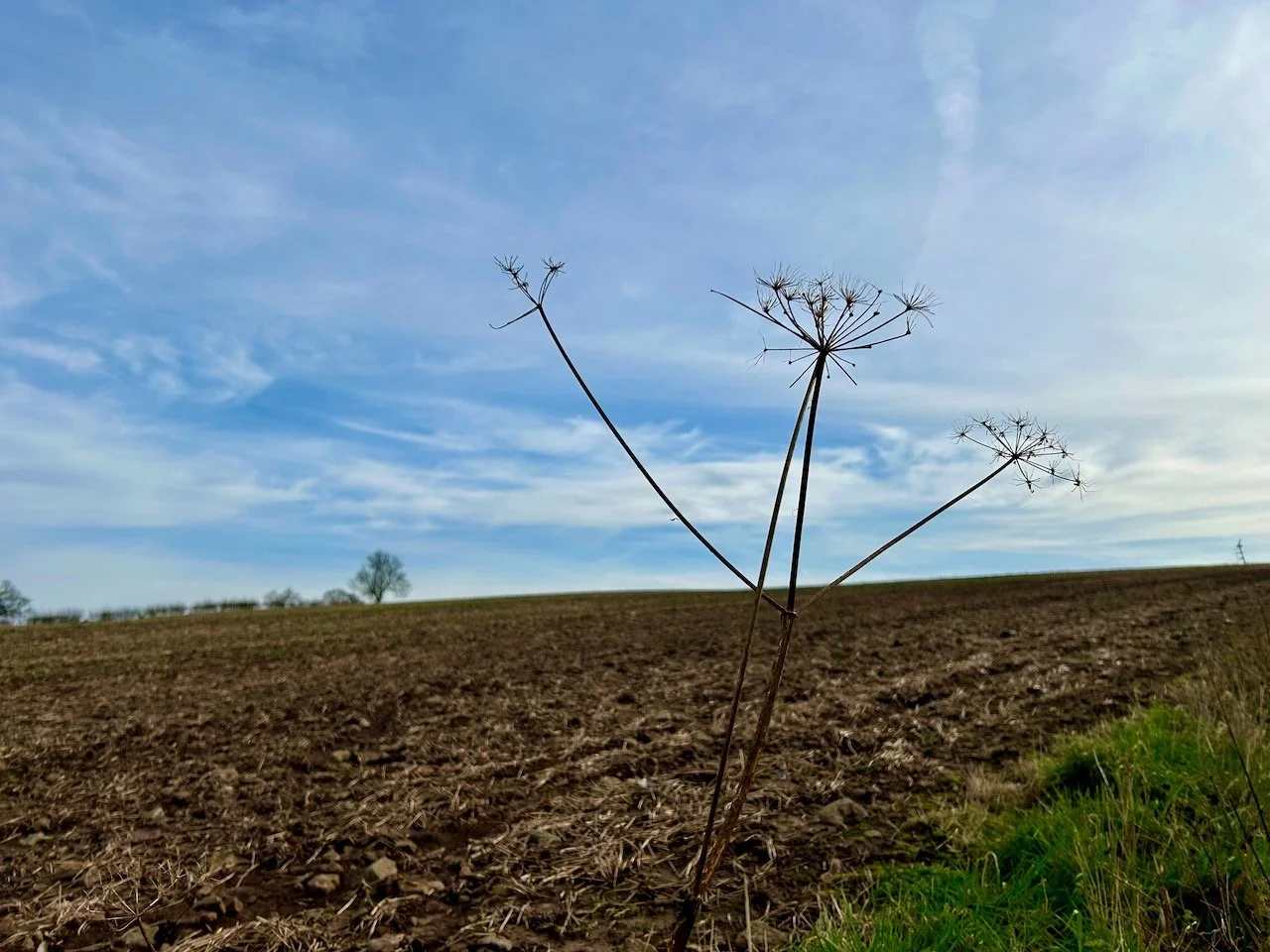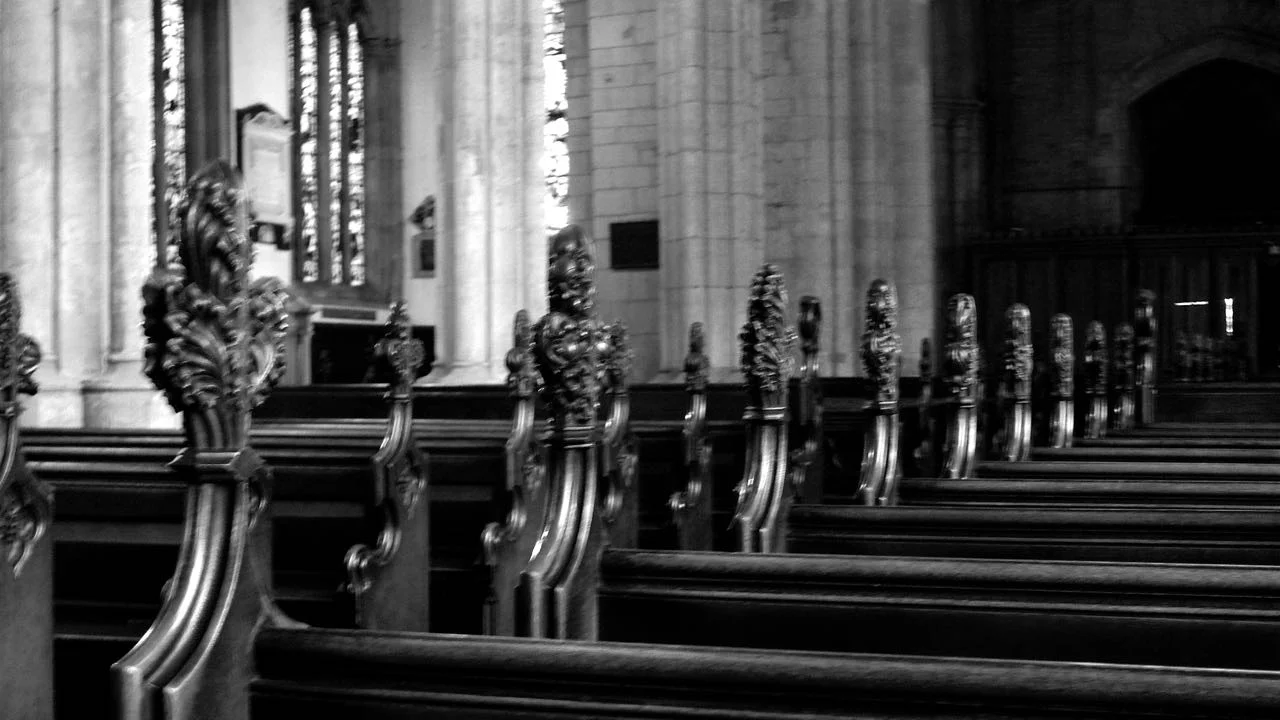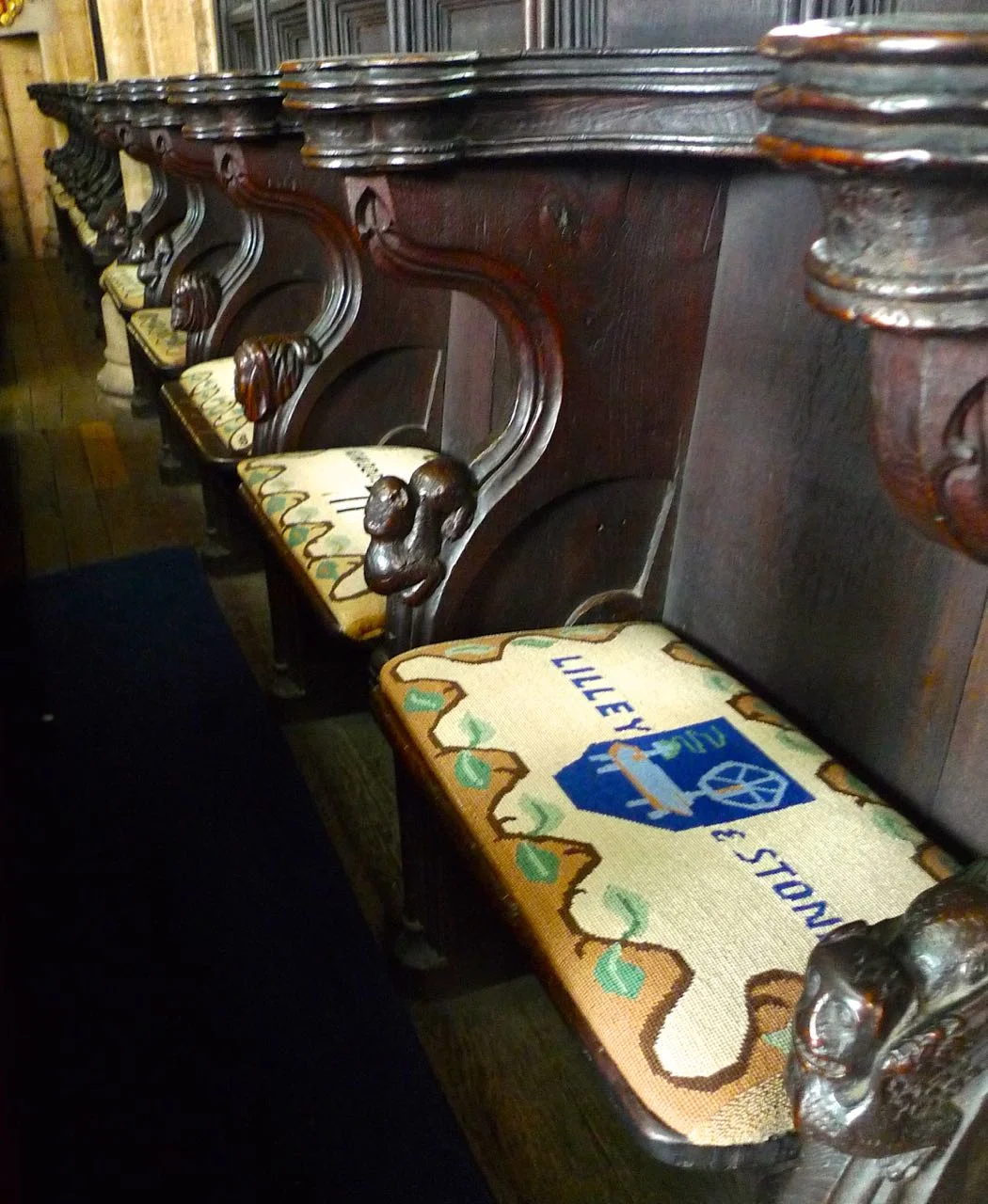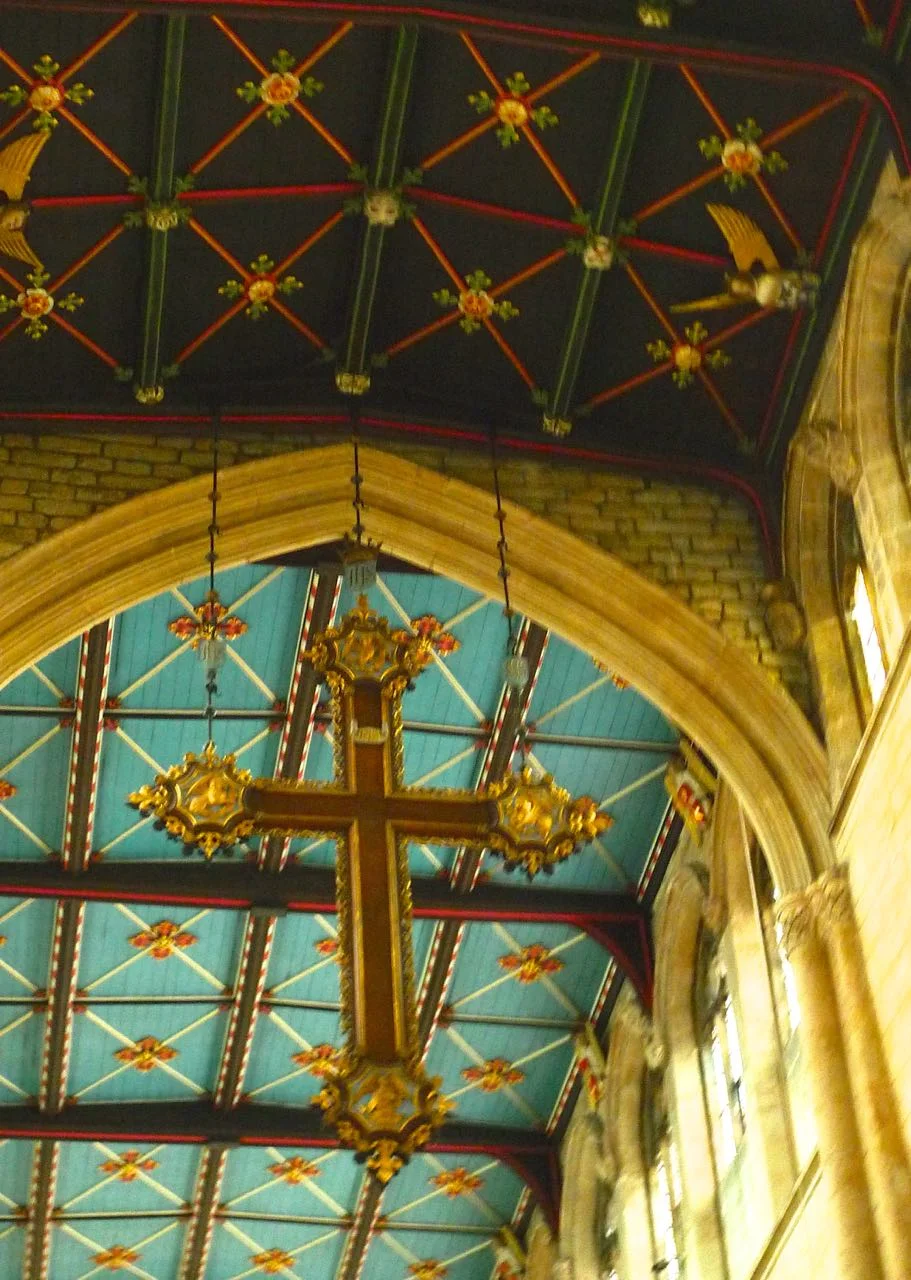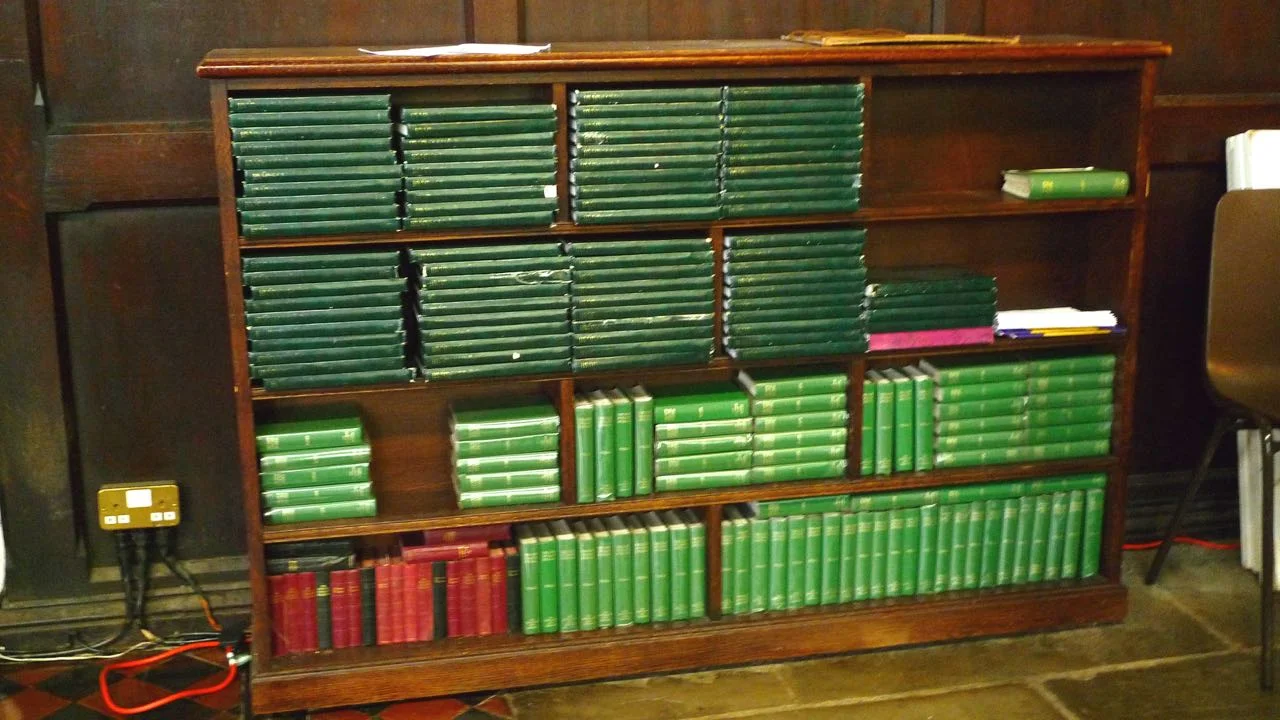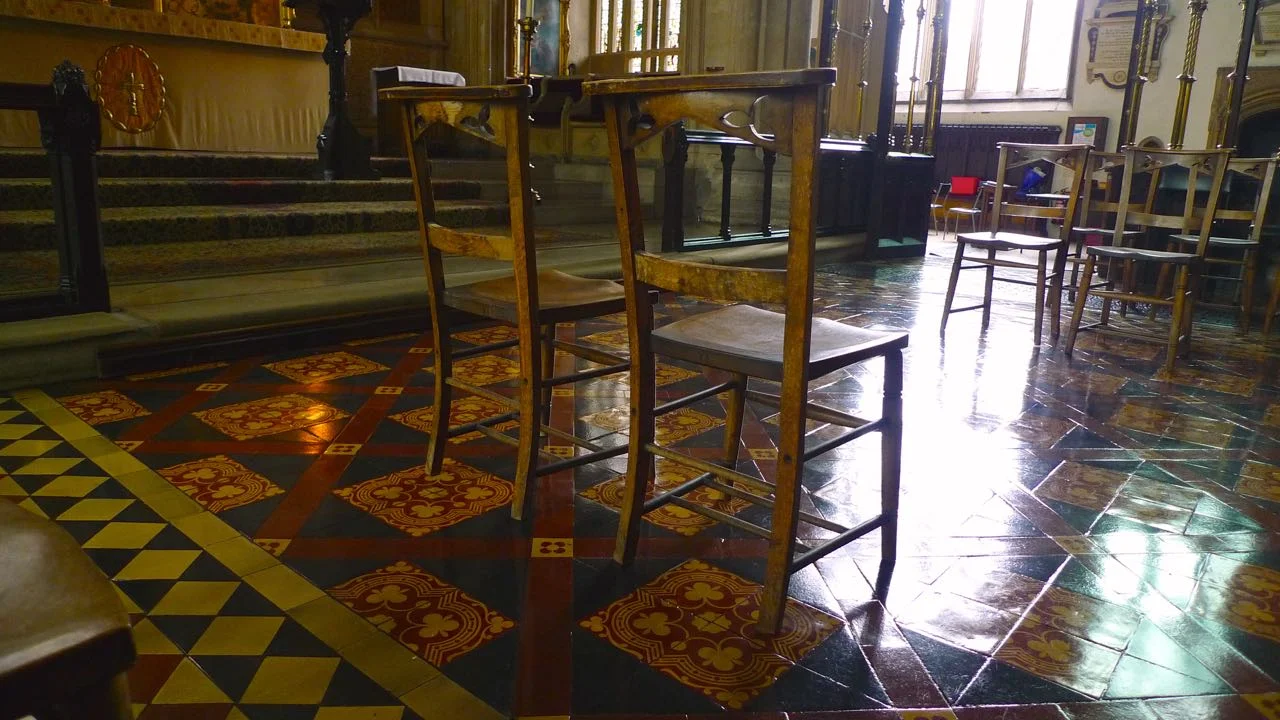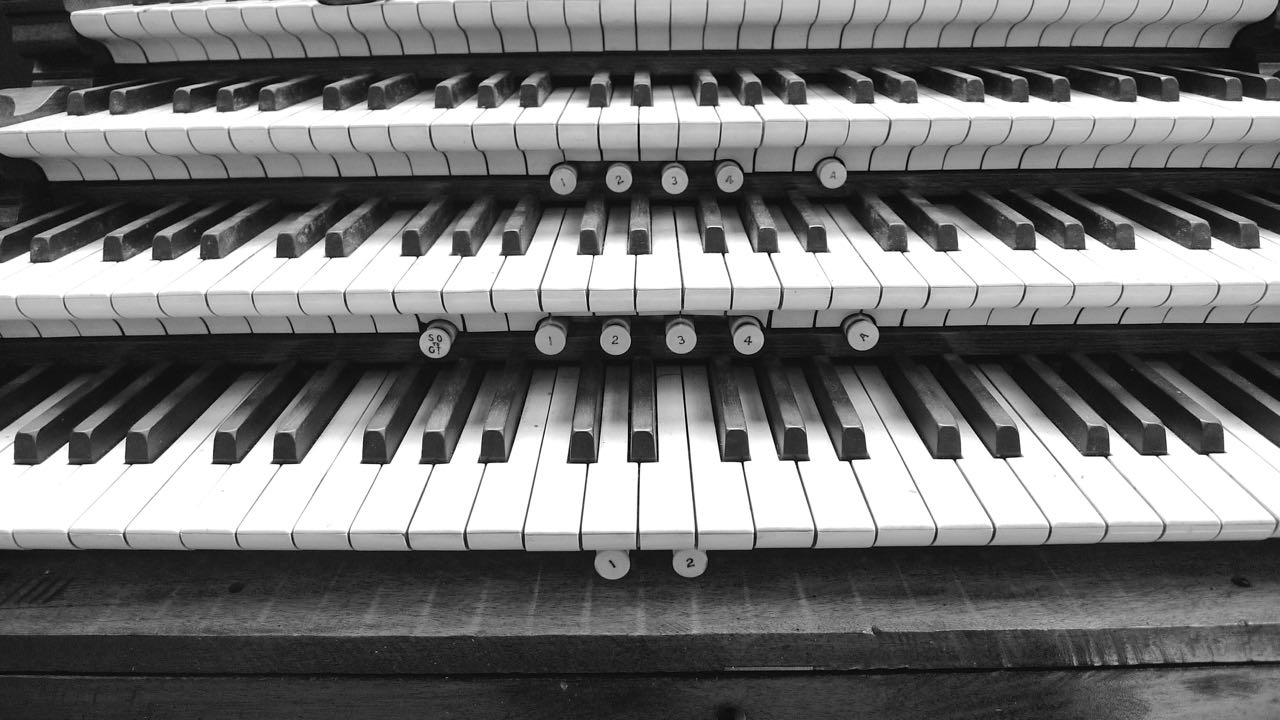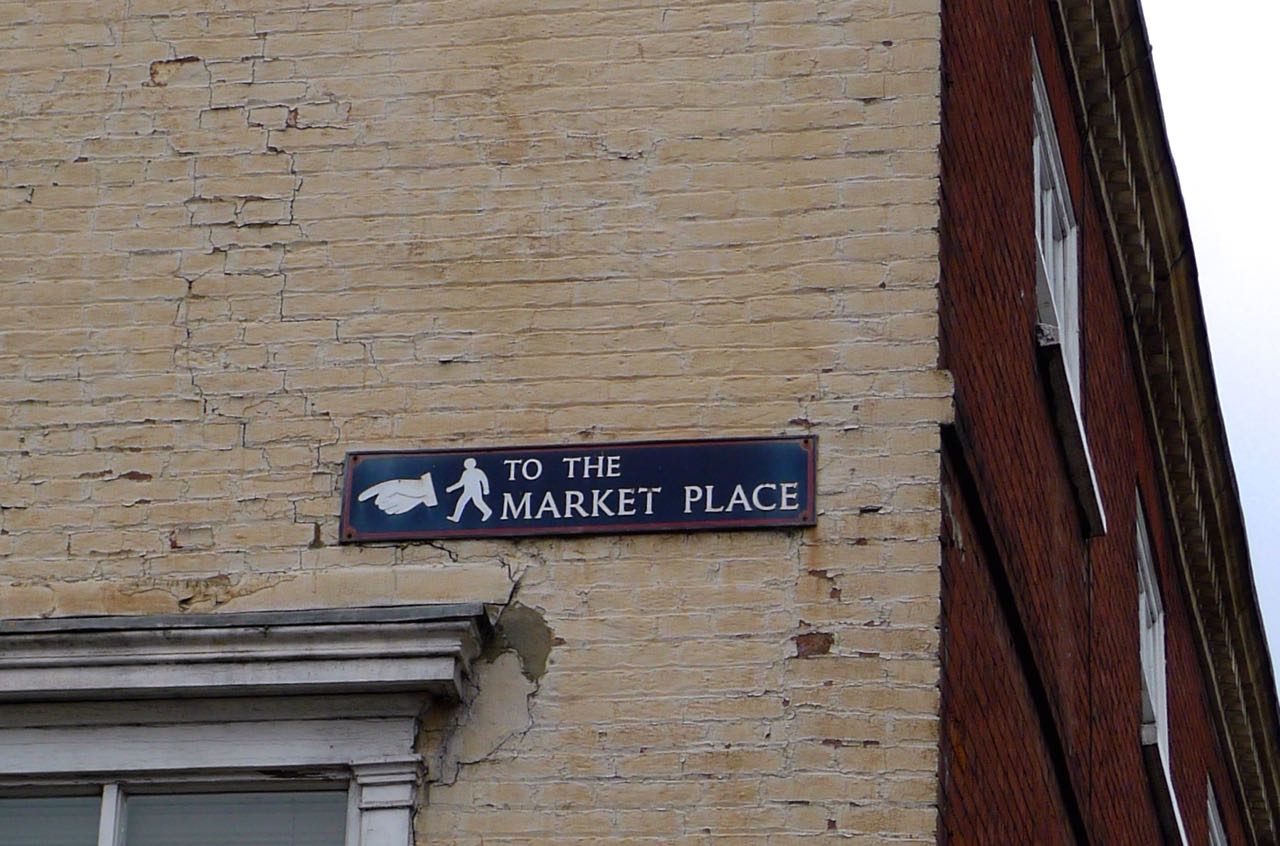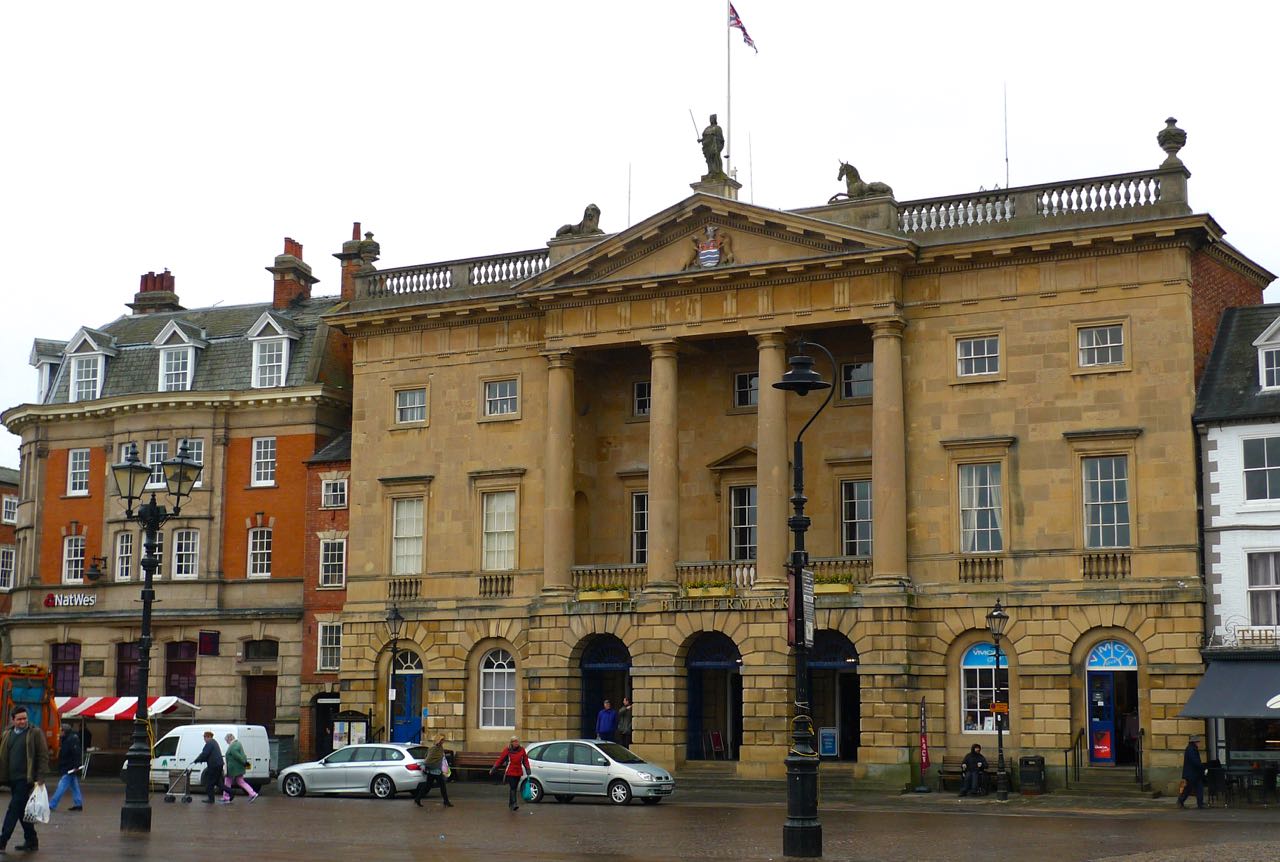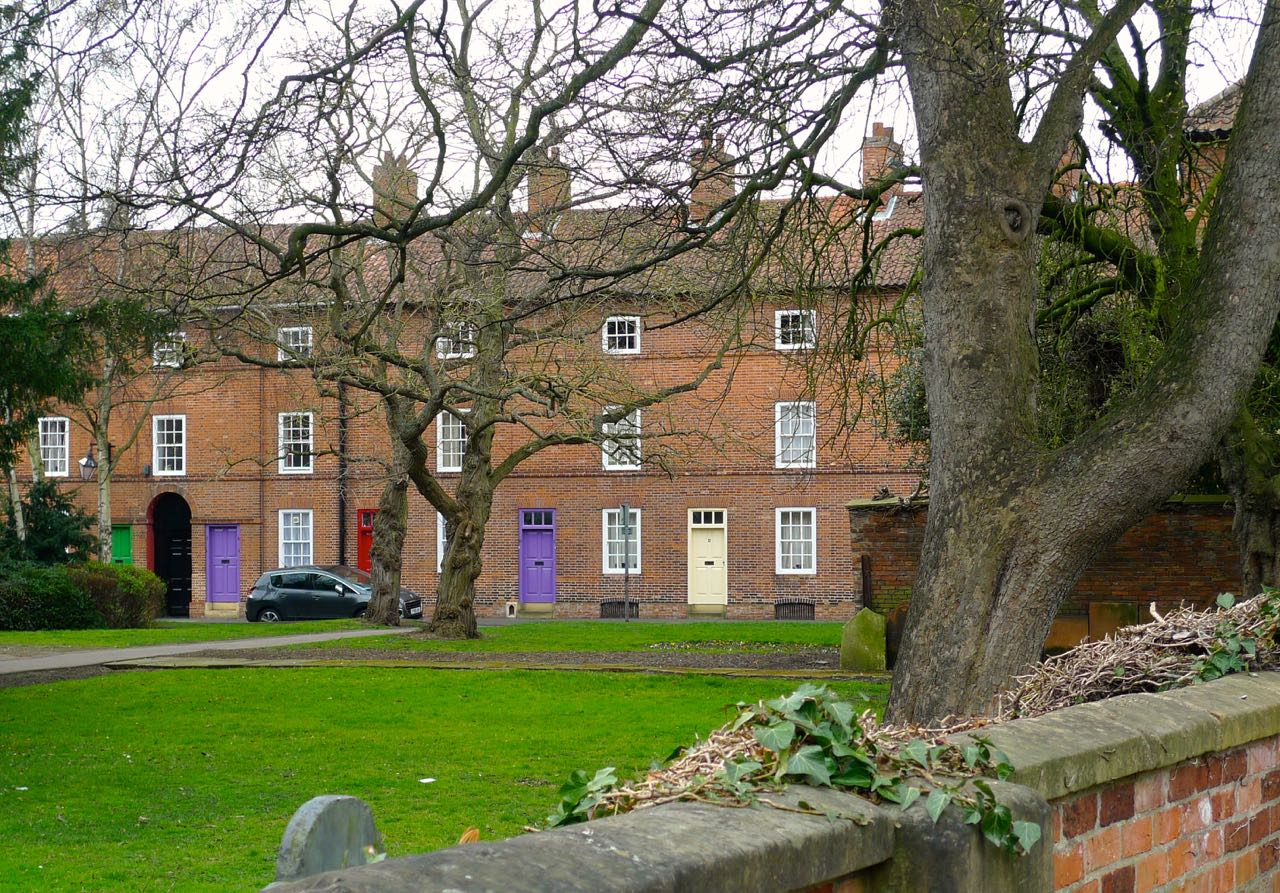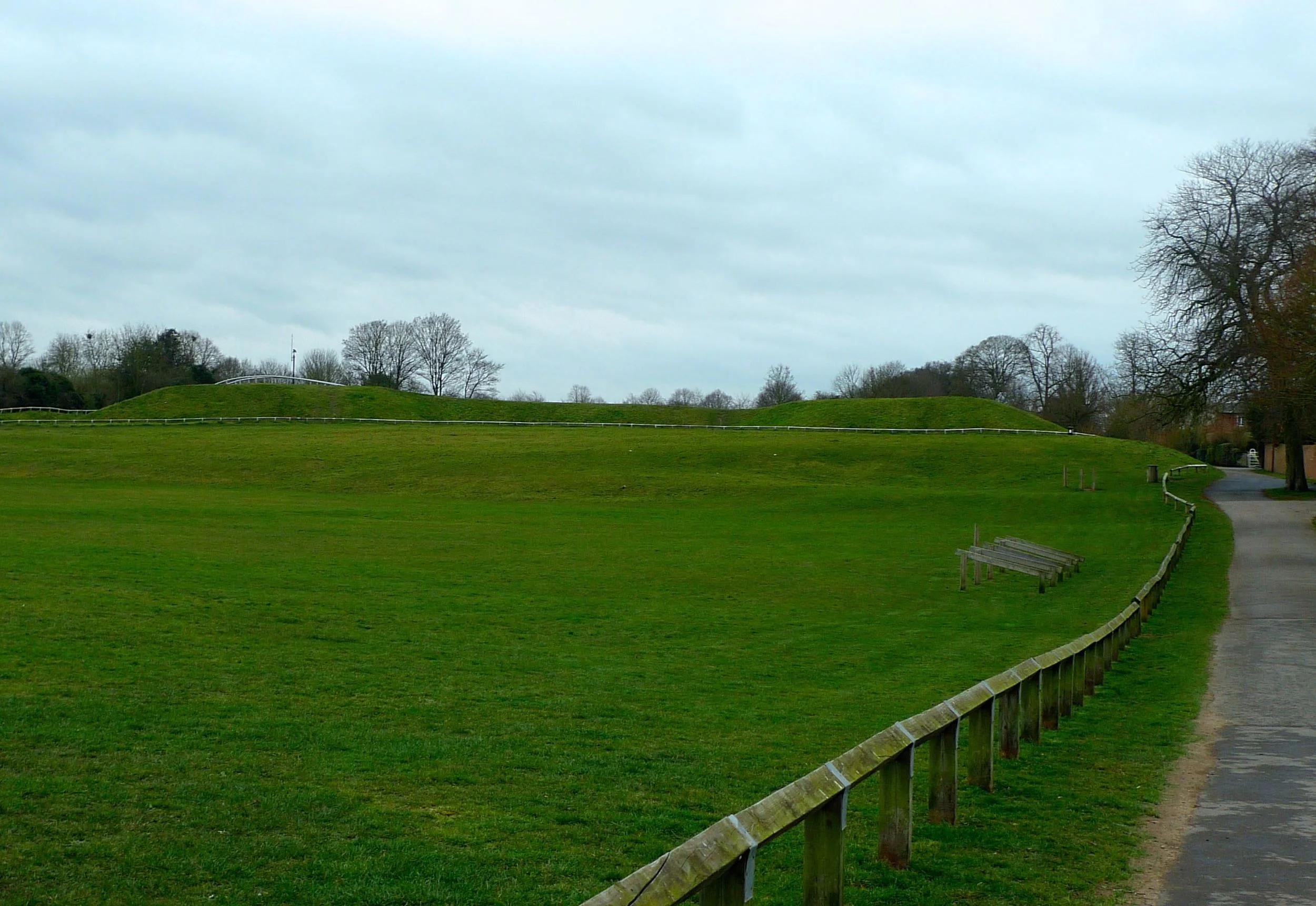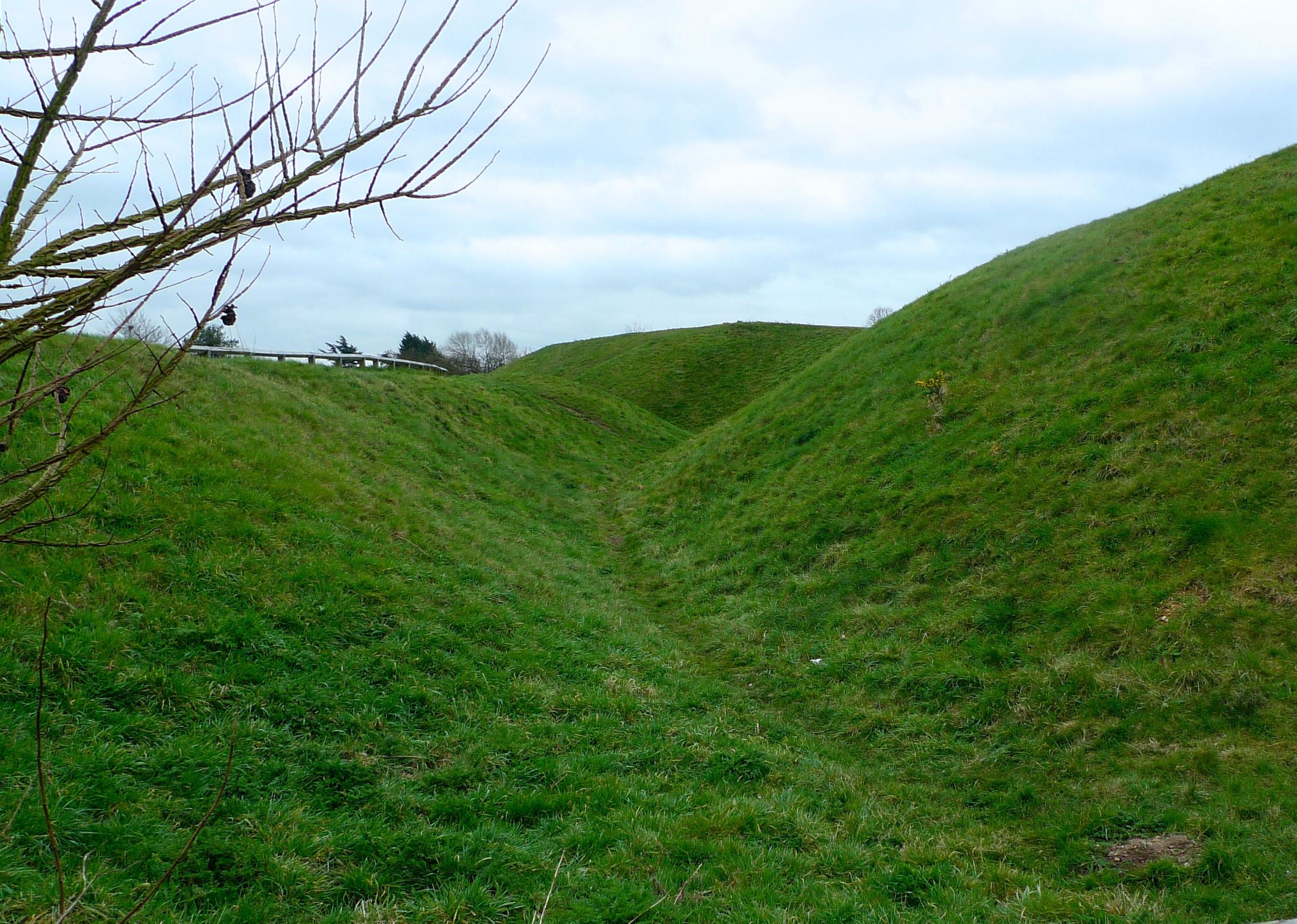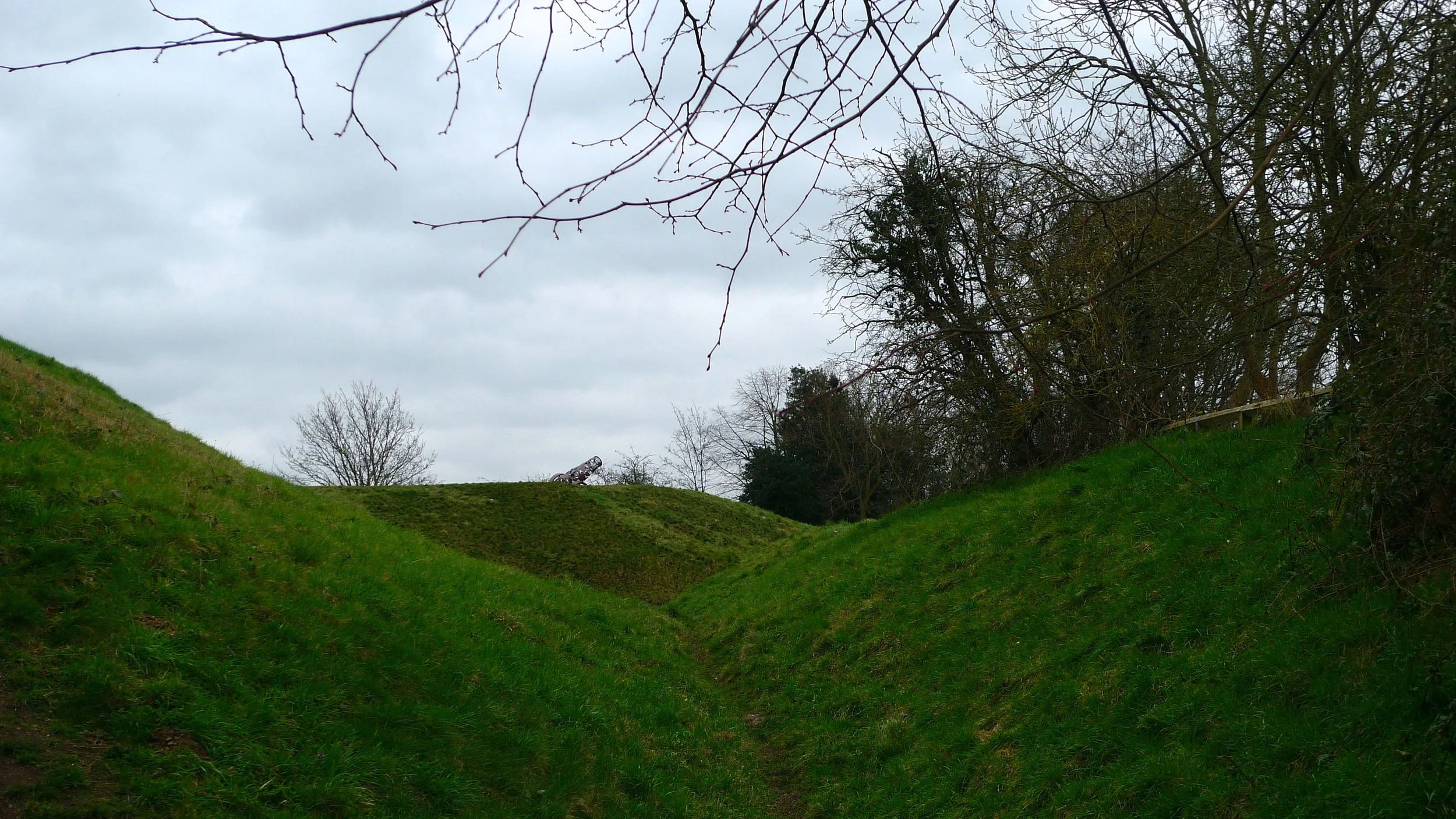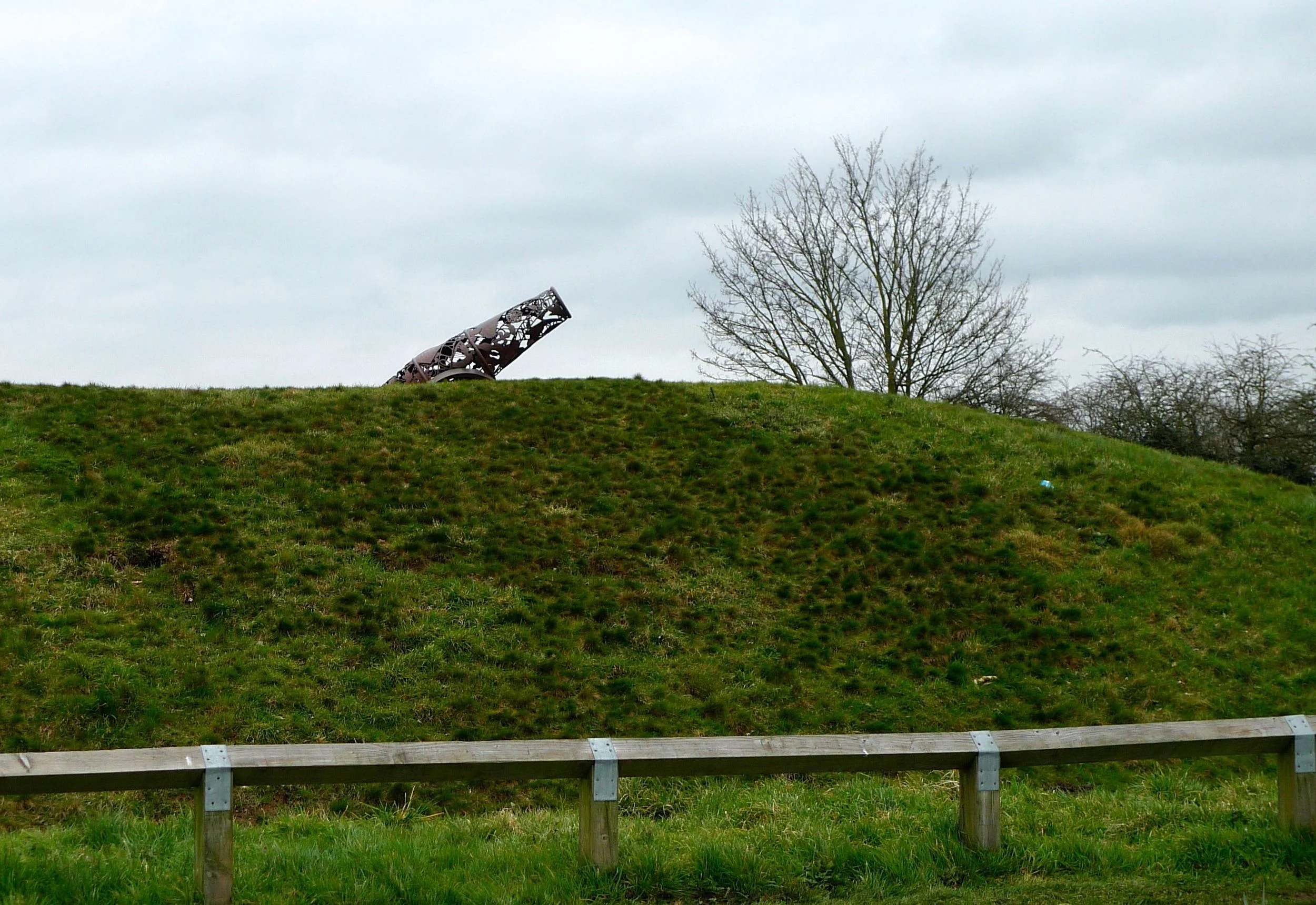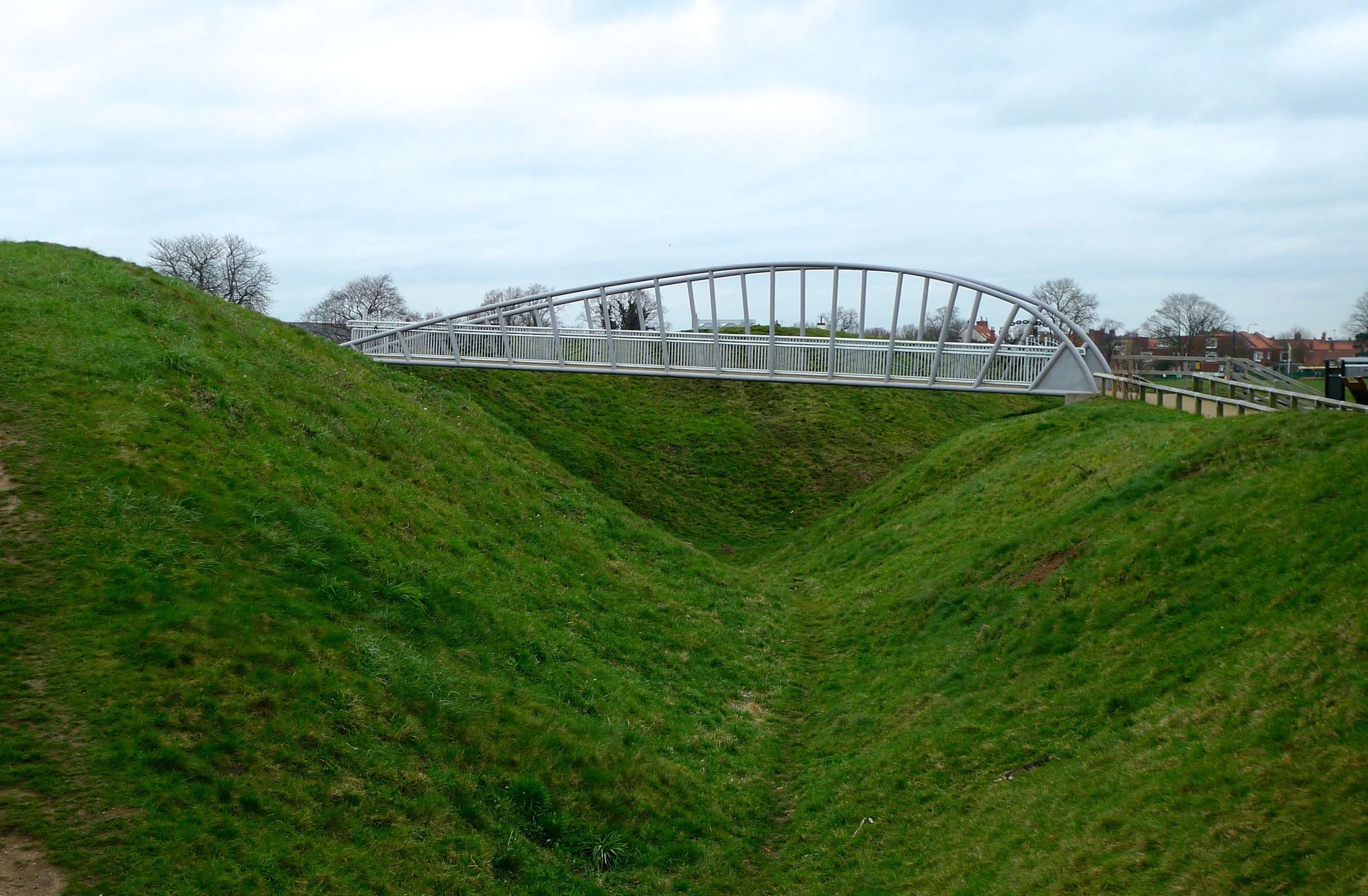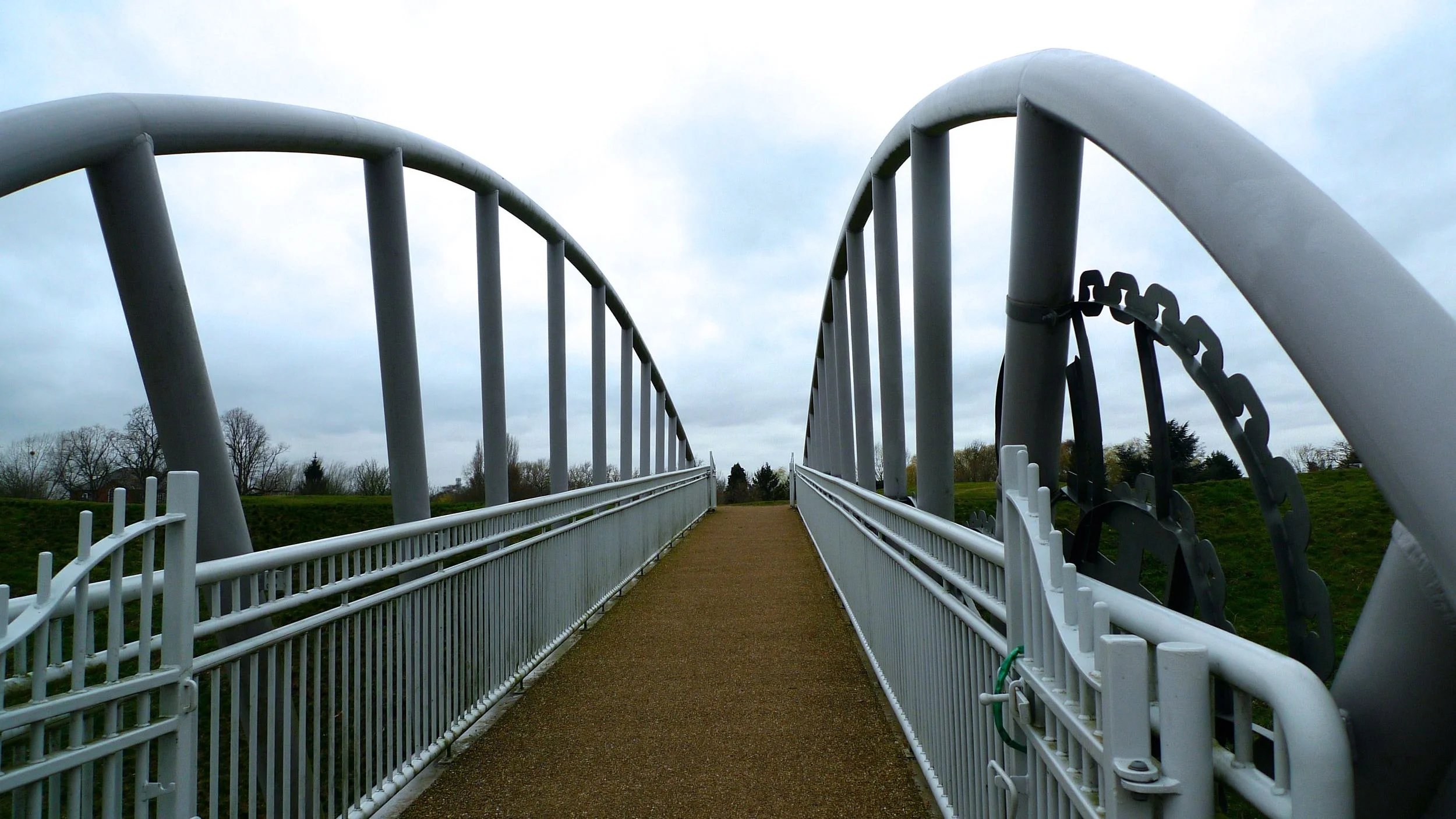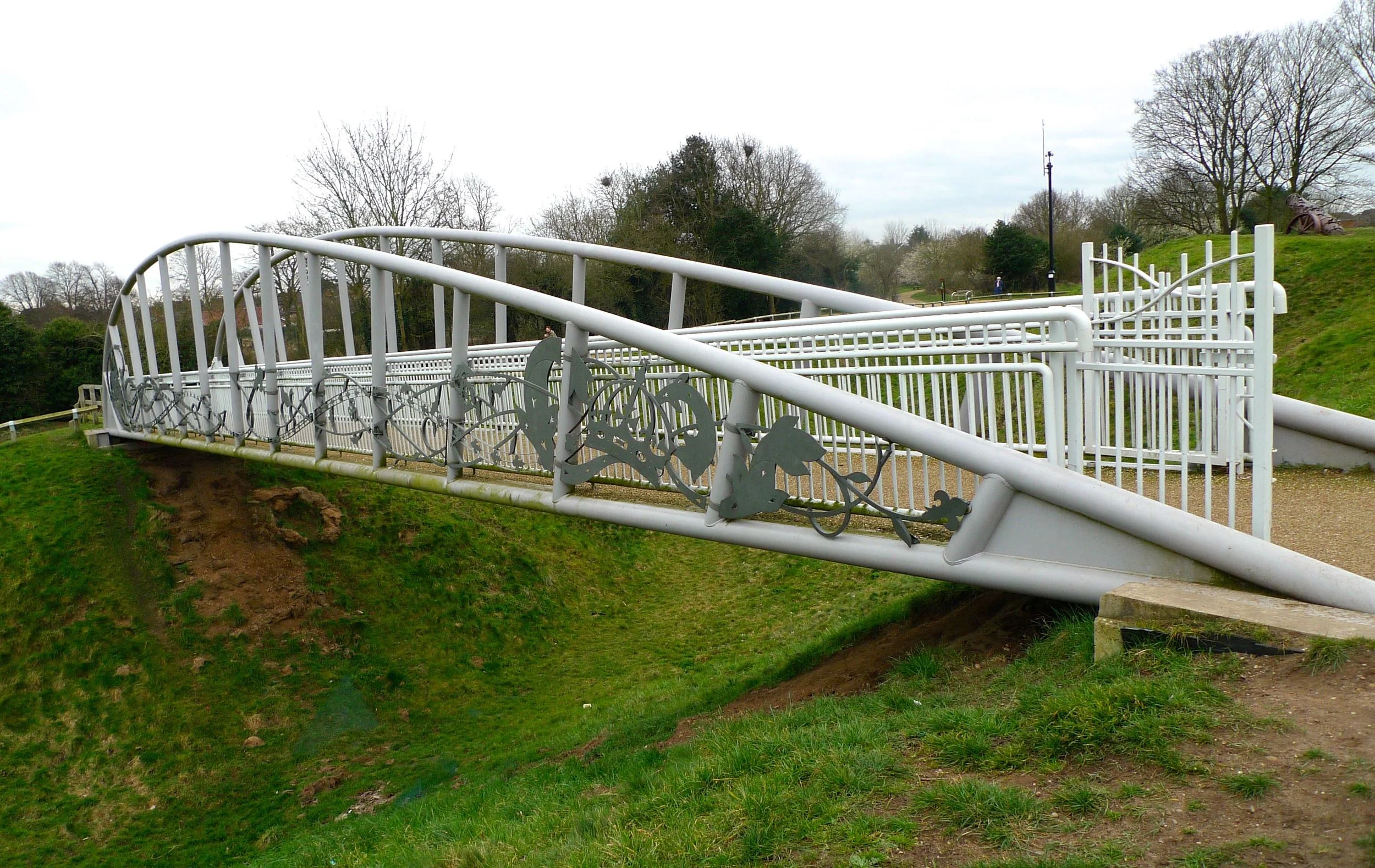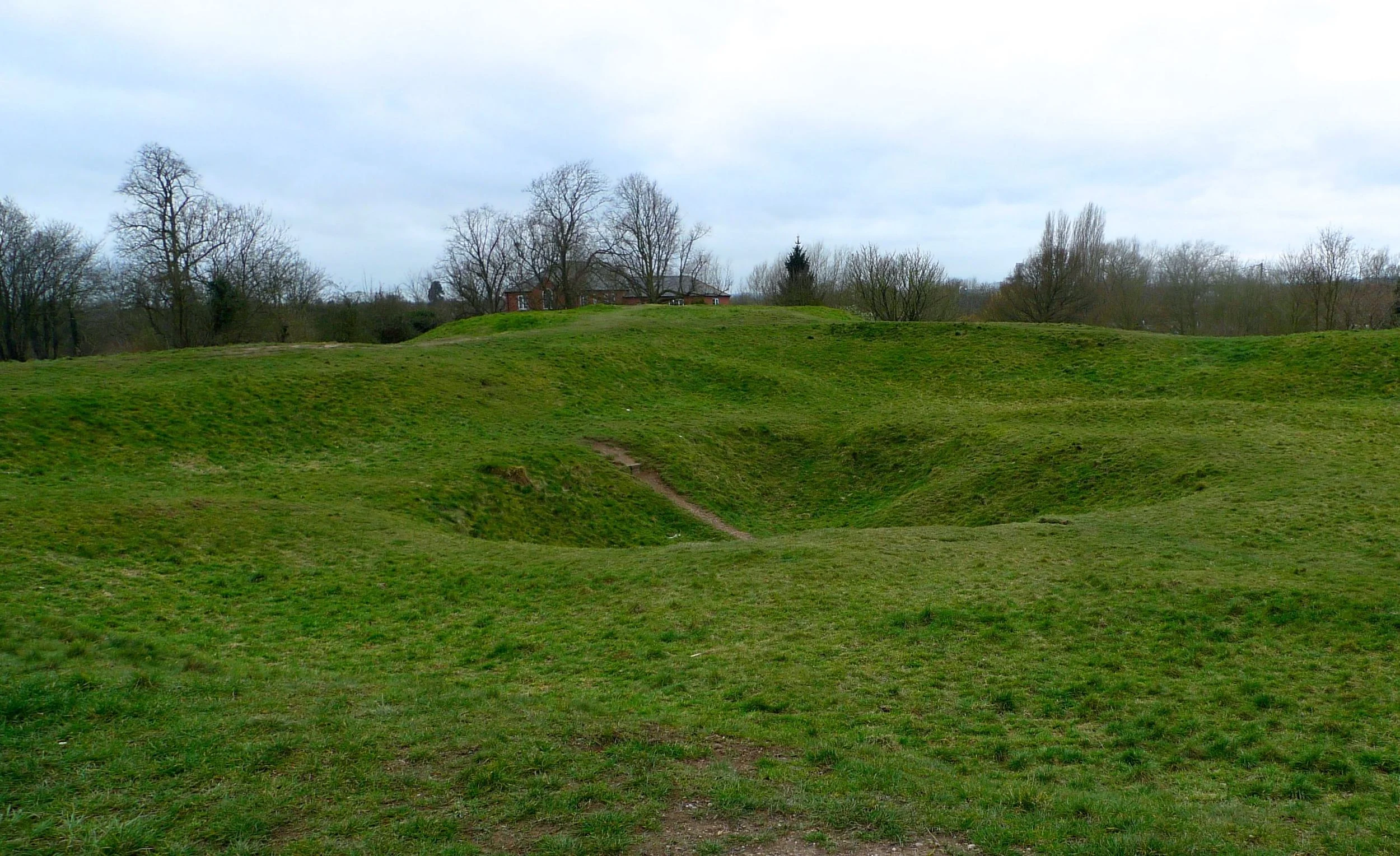From many parts of the town we got glimpses of the Parish Church as we walked around and it's an impressive church at that. It's Grade I listed and has quite a story so after we spotted those colourful doors we found our way inside.
ST MARY MAGDALENE PARISH CHURCH
Its octagonal spire is the highest in Nottinghamshire and has a hole in which is said to have been made during the Civil War. The hole is visible from parts of the town, but we weren't able to spot it.
Before we went inside we couldn't help but notice a rather large chimney across the way but clearly part of the church. It's from the church heating boiler built in 1854, according to the red plaque on the wall.
THE CHURCH'S CHIMNEY
Inside it was very ornate and I later discovered it was restored in the mid nineteenth century - and doesn't it look great?
THE ROOD SCREEN
PEWS
A CLOSER LOOK AT THE CHOIR STALLS
A SPECTACULAR ROOF
CHOIR STALLS
HYMN BOOKS
There was so much to see in the church and I was impressed with the shine on the floor.
A HIGHLY POLISHED ORNATE FLOOR
The organ was near to the choir stalls and I liked how this shot of the keyboards turned out.
It's a pretty impressive Parish Church, which at first I took for something grander and it's always nice to go into the churches of places we visit. I think a church gives you a real feel for its community and I've said before that Newark was a lovely place and one I hope to visit again.





